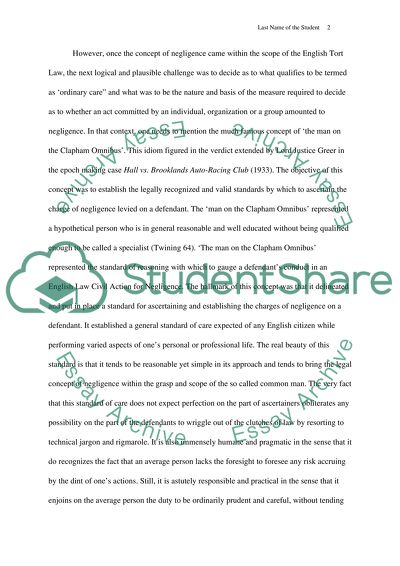Cite this document
(“Tort of Negligence Essay Example | Topics and Well Written Essays - 2750 words”, n.d.)
Retrieved de https://studentshare.org/law/1392258-tort-of-negligence
Retrieved de https://studentshare.org/law/1392258-tort-of-negligence
(Tort of Negligence Essay Example | Topics and Well Written Essays - 2750 Words)
https://studentshare.org/law/1392258-tort-of-negligence.
https://studentshare.org/law/1392258-tort-of-negligence.
“Tort of Negligence Essay Example | Topics and Well Written Essays - 2750 Words”, n.d. https://studentshare.org/law/1392258-tort-of-negligence.


